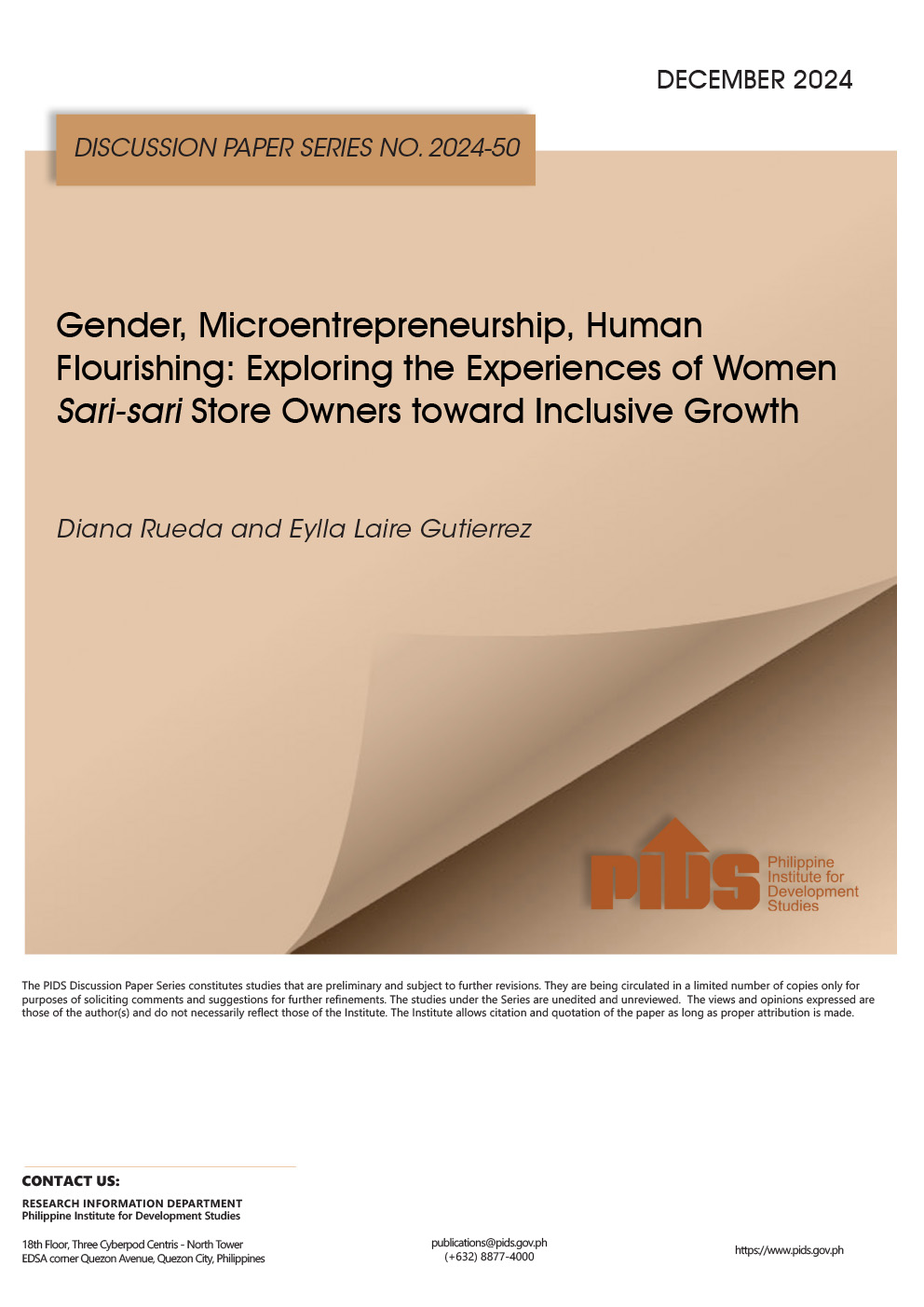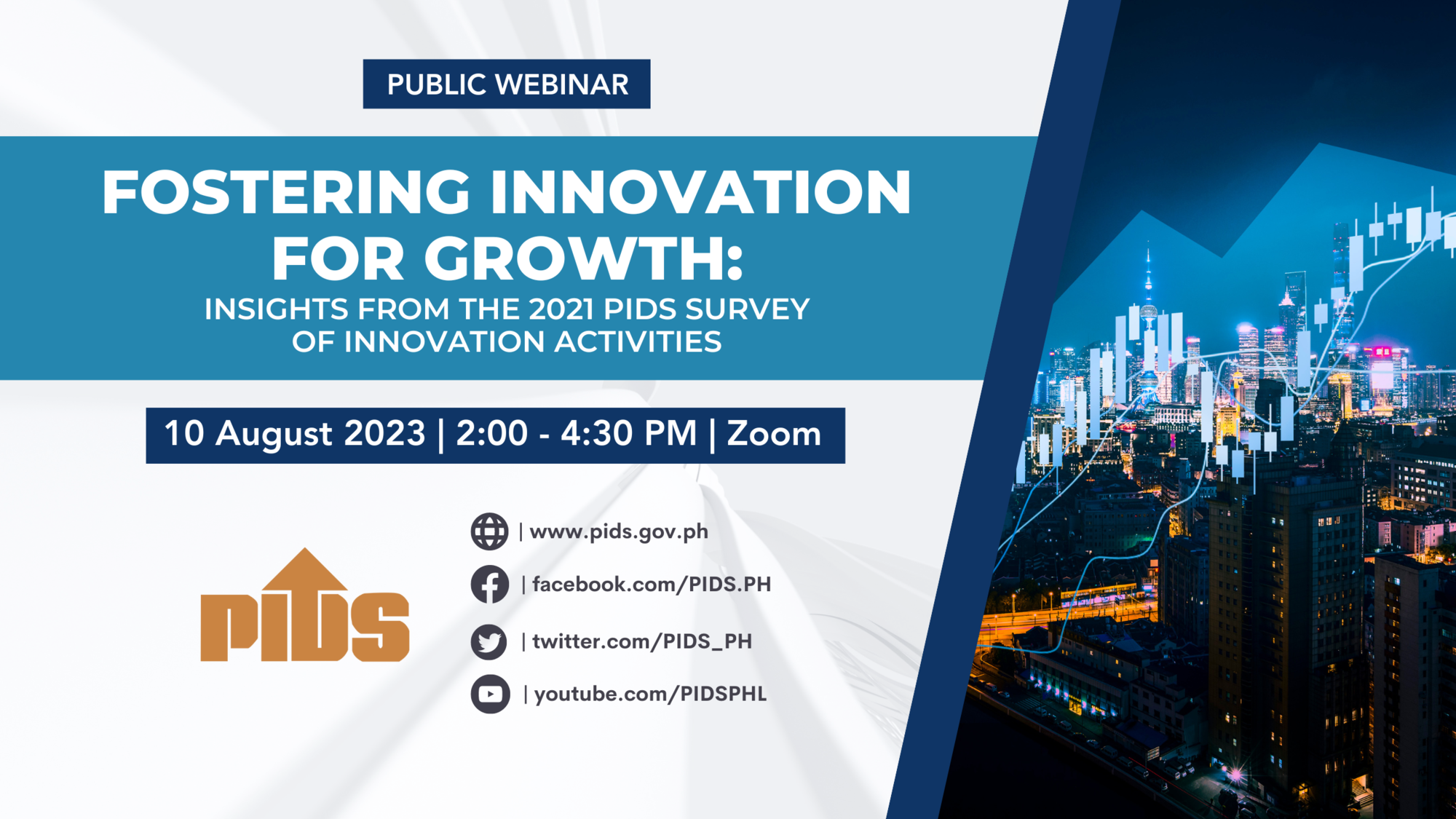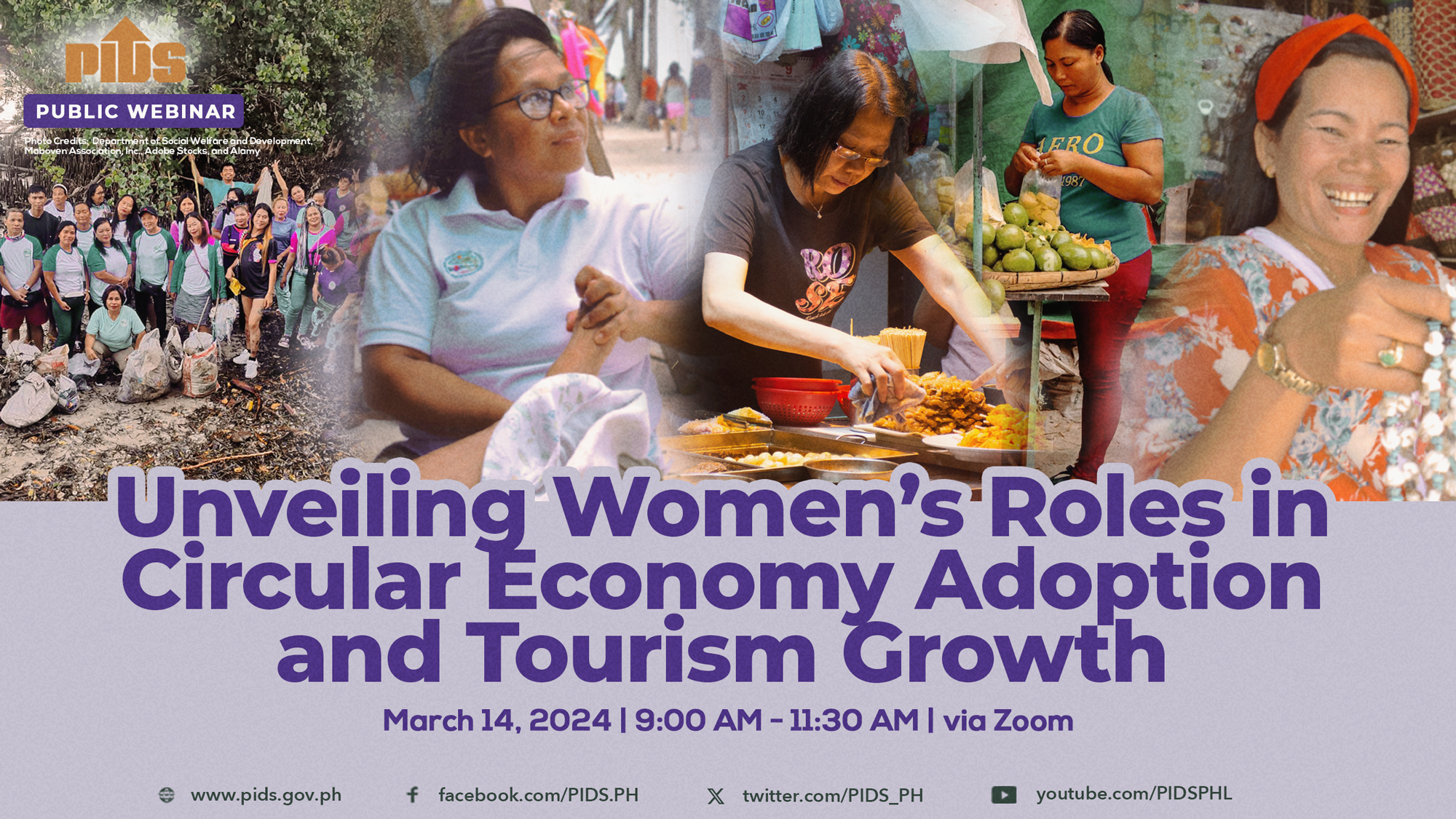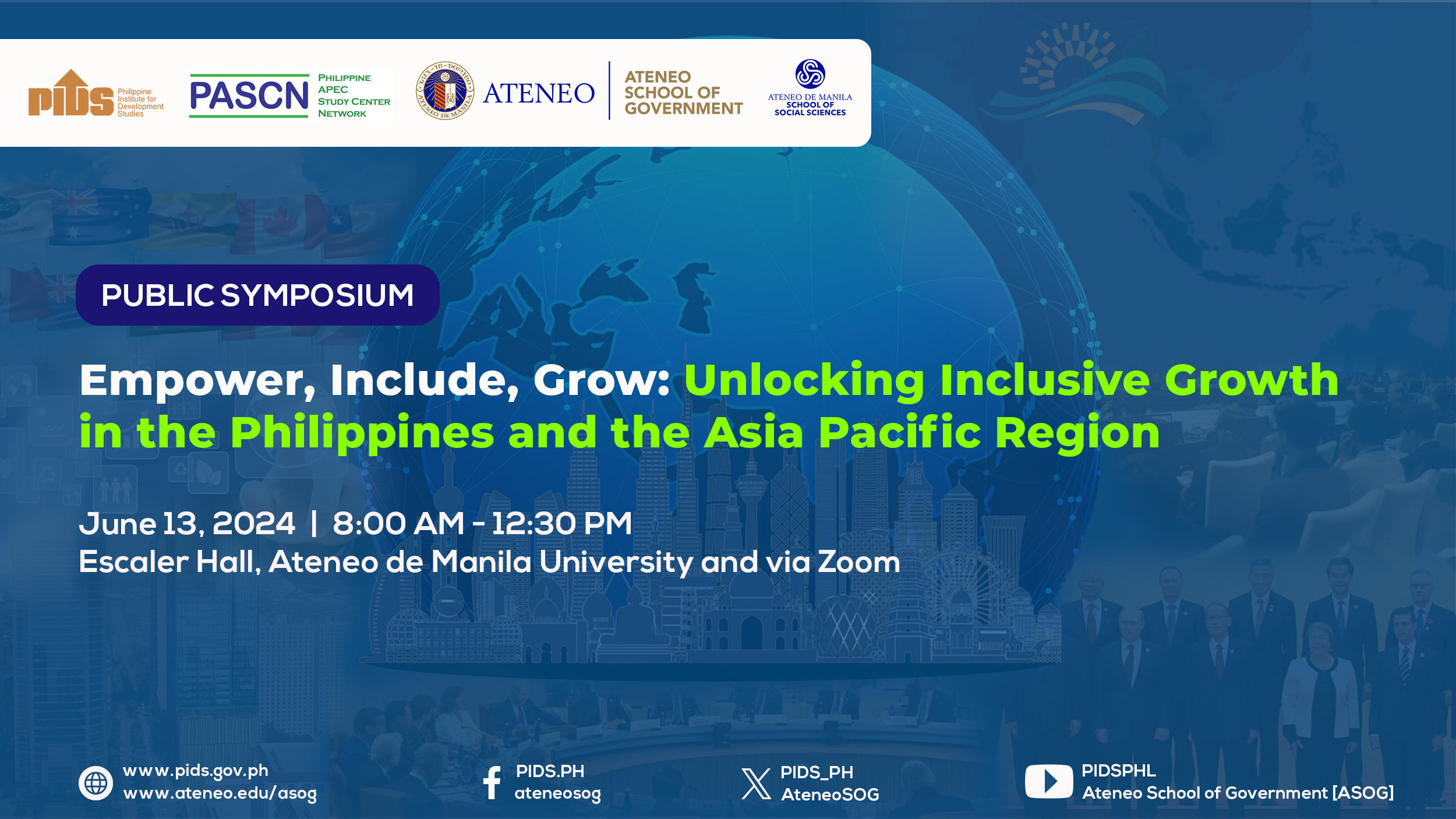The Philippines needs to sustain its rapid growth in order to get out of the middle-income trap where it has been stuck for decades, the Philippine Institute for Development Studies said.
In the latest issue of the Development Research News, PIDS President Gilberto Llanto and PIDS Senior Research Fellow Adoracion Navarro cited recent literature which suggest that the Philippines needs at least an annual GDP per capita growth of 4.7 percent in at most 28 years.
This will allow the Philippines to cross over to the next income level, PIDS said.
"The cross-over time to transition to high middle-income status can be cut by more rapid structural transformation,” the PIDS report said.
The literature cited by PIDS is titled, "Tracking the Middle-Income Trap: What is It, Who is in It, and Why?” authored by Jesus Felipe.
The PIDS document said, citing Felipe’s work, that the Philippines was classified as one of the countries that had fallen into the so-called "middle-income trap.”
"Felipe et al. gauged that 28 years are the threshold number of years that countries spend in the lower-middle-income group before graduating to the next income group; for the upper-middle-income group, the threshold is 14 years,” the PIDS report said.
"The Philippines, which is considered a lower middle-income country, is said to have fallen into the trap because it has been in this income group for 34 years as of 2010,” it added.
The PIDS paper said that while there has been a generally increasing trend in Philippine GDP per capita growth, it is still not enough.
The research paper said that going back from 2012, the average annual growth rate was only 0.97 percent in the past 30 years, only 2.3 percent in the last 20 years, and only 3.3 percent in the last 10 years.
"How can the Philippines get out of the middle-income trap? The literature indicates that the most direct strategy is to accumulate productive capabilities and express them in a more diversified exports basket, and more complex products or those that require more capabilities,” the PIDS research publication said.
"Acquiring productive capabilities in more sophisticated products will require more vigorous efforts to address critical development constraints identified by recent Philippine literature: fiscal space, infrastructure, access to finance, investments in human capital, and governance and institutional frameworks,” it added.
Despite the risks ahead, the state-think tank expects the Philippine economy to expand by 6.6 percent this year, in line with the government’s growth target of 6.5 to 7.5 percent.//












